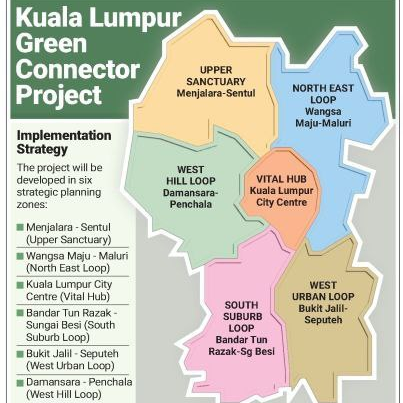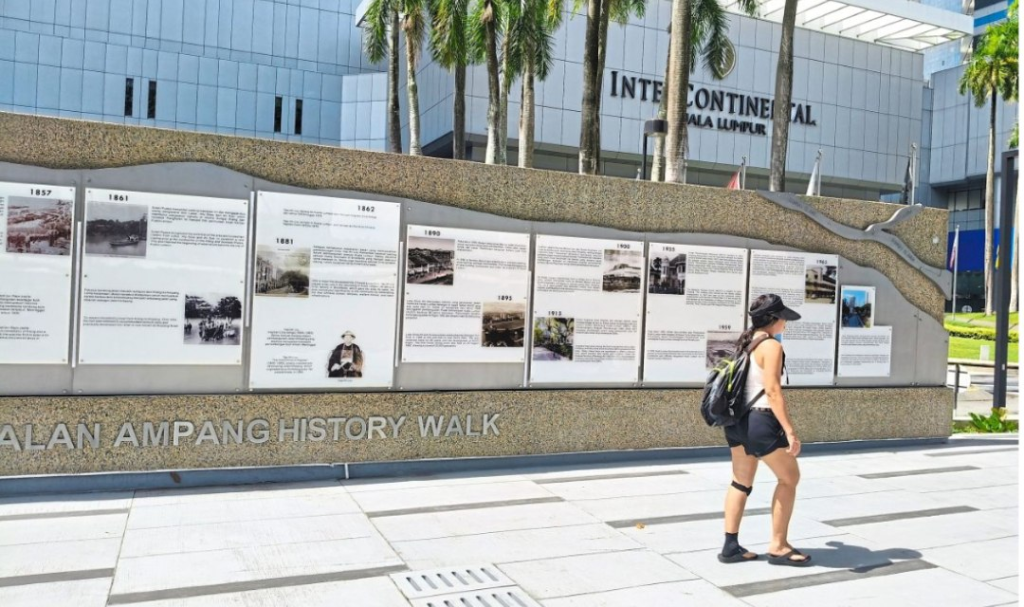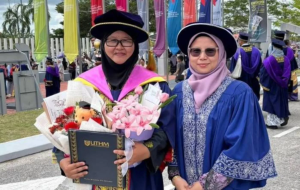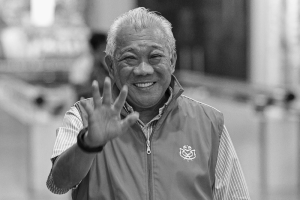Walking and cycling in the city may soon become safer and more enjoyable under Kuala Lumpur City Hall’s (DBKL) latest plan to develop green corridors linking residential areas with public spaces such as parks, urban forests, and nature reserves.

Image credit: The Star
Promoting sustainable mobility
DBKL Landscape and Recreational Development Department director, Puteri Khairul Fathiah binti Fahimudin said the initiative was designed to encourage city dwellers to walk, cycle, and use public transport more frequently.
“Walking and cycling are considered green modes of transport as they help reduce carbon emissions. Covered walkaways fitted with solar-powered lights also support clean technology,” she said.
The first phase will begin in the city centre before expanding to other areas, aligning with the Warisan KL programme introduced in April. Three main routes have been identified:
- Perdana Botanical Garden to KLCC and TRX (12.9km)
- Merdeka 118 to TRX Park (9.7km)
- Jalan Raja Laut to Titiwangsa Lake Gardens (11.1km)

Image credit: The Star
The outer zones were:
- Upper Sanctuary (Menjalara-Sentul)
- North East Loop (Wangsa Maju-Maluri)
- South Suburb Loop (Bandar Tun Razak-Sungai Besi)
- West Urban Loop (Bukit Jalil-Seputeh)
- West Hill Loop (Damansara-Penchala)
Expanding connectivity and comfort
Puteri said the initiative supports DBKL’s goal of achieving 209km of connected green walkaways by 2040.
“The concept goes beyond beautification, which focuses on improving accessibility, safety and comfort. Along major roads such as Jalan Ampang, Jalan Tuanku Abdul Rahman, and Jalan Raja Laut, improvements include upgraded lighting, landscaping, and pedestrian crossings,” she explained.

Image credit: The Star
These projects are part of DBKL’s broader efforts under:
- Kuala Lumpur Pedestrian and Cycling Masterplan
- Low Carbon Society 2030 Action Plan
- Kuala Lumpur Landscape Masterplan 2040
all aimed at building a greener and more livable city.
Long-term environmental benefits
Puteri said green connectors would not only promote active mobility but also enhance air quality, reduce urban heat and increase biodiversity. She added that through providing shade and greenery, the corridors help manage stormwater, lower city temperature and create a more pleasant walking environment.

Image credit: The Star
Maintenance of the routes will be handled through both DBKL’s internal teams and outsourced contractors, supported by an endowment fund to encourage public and corporate participation. She also invited organizations to adopt selected green areas or walkaway routes under DBKL’s adopted park scheme, allowing communities to maintain designated spaces.
To further promote the initiative, DBKL has held activities such as KL Car-Free Morning, Malaysia Sarong Music Run, and the Kuala Lumpur Parks Festival, aimed at inspiring more people to walk and cycle.
“Our goal is to offer pedestrians with a safe, shaded and engaging journey through the city,” Puteri said.
Follow Wah Piang for more stories.




